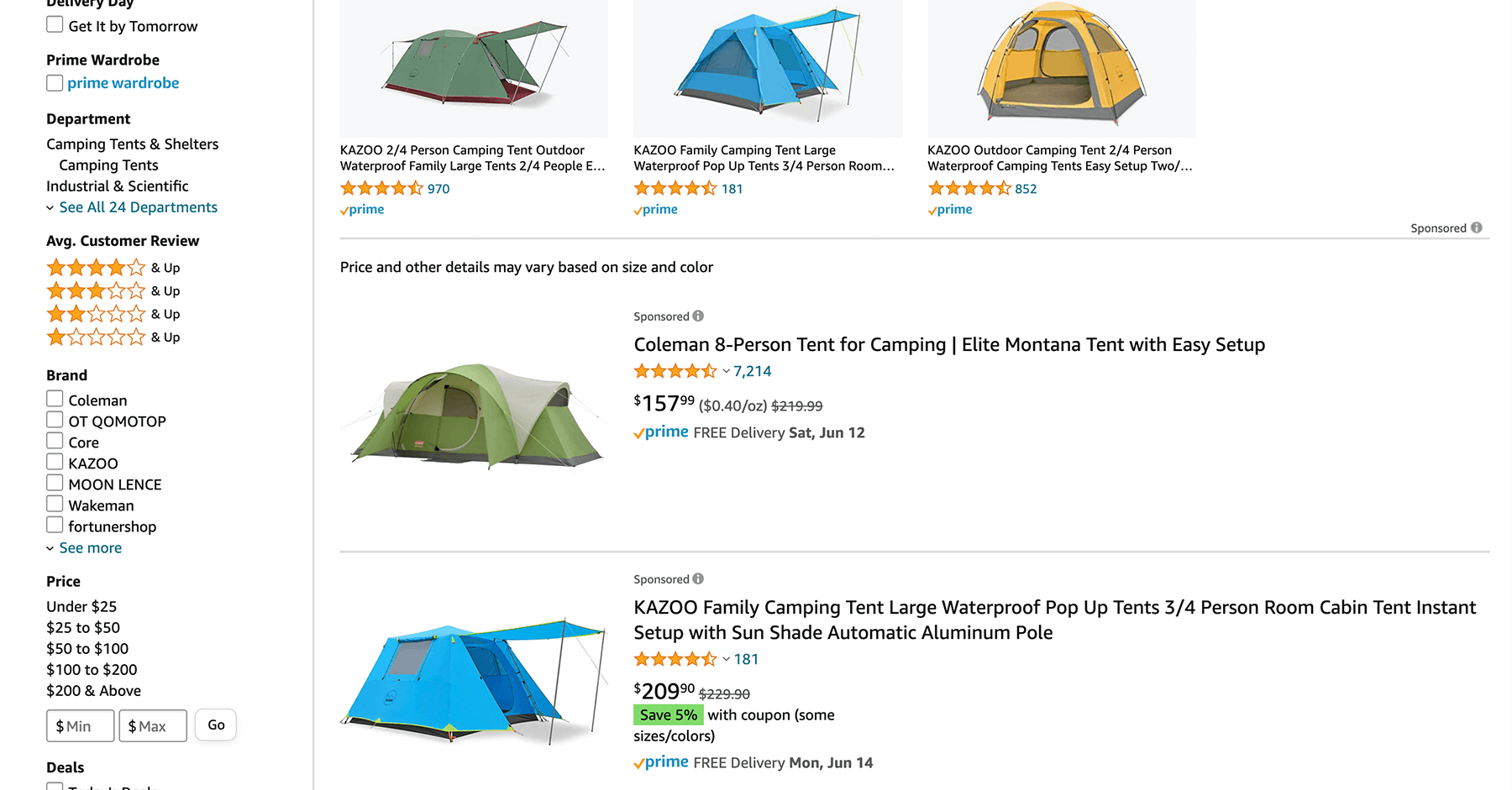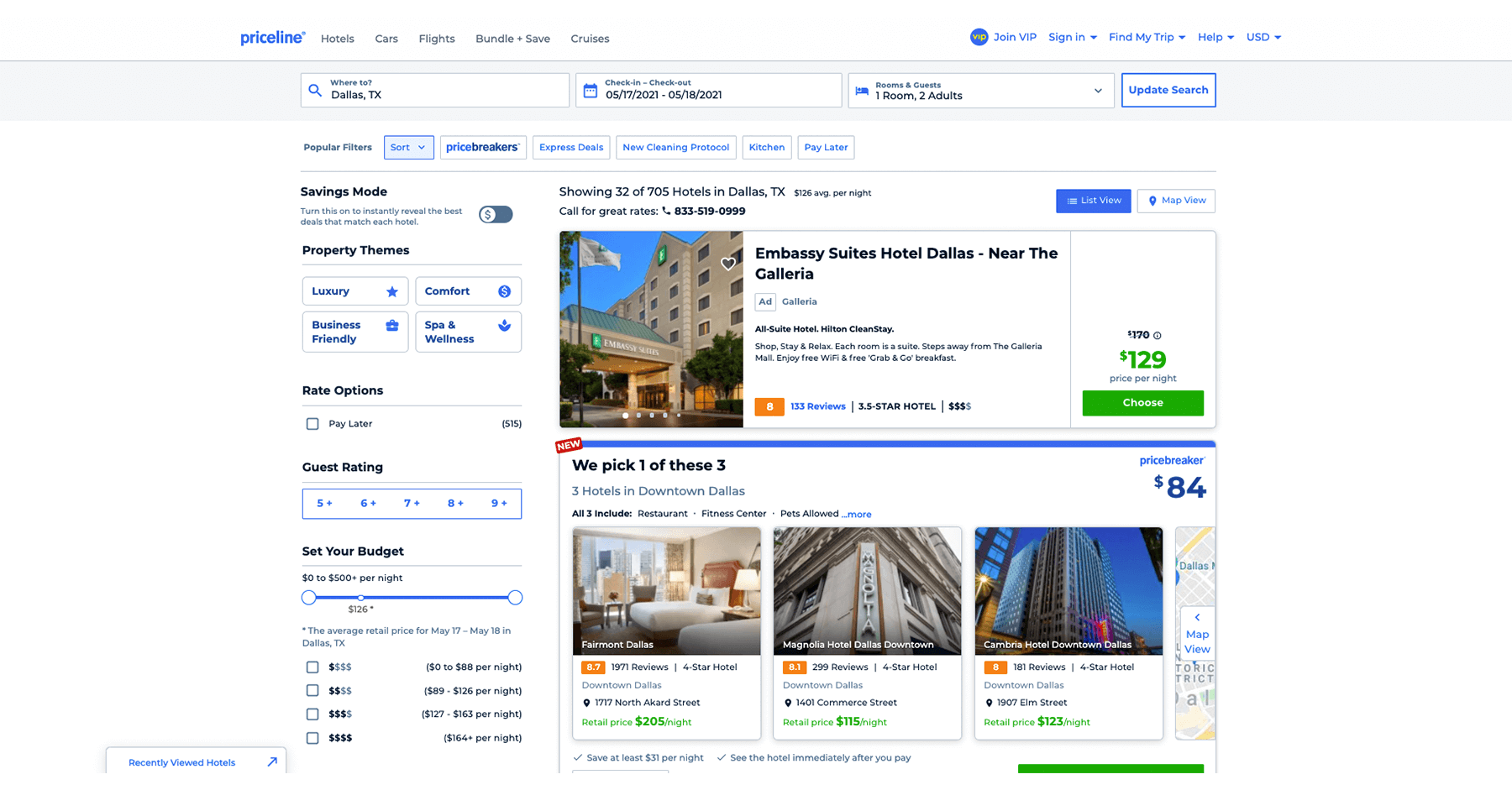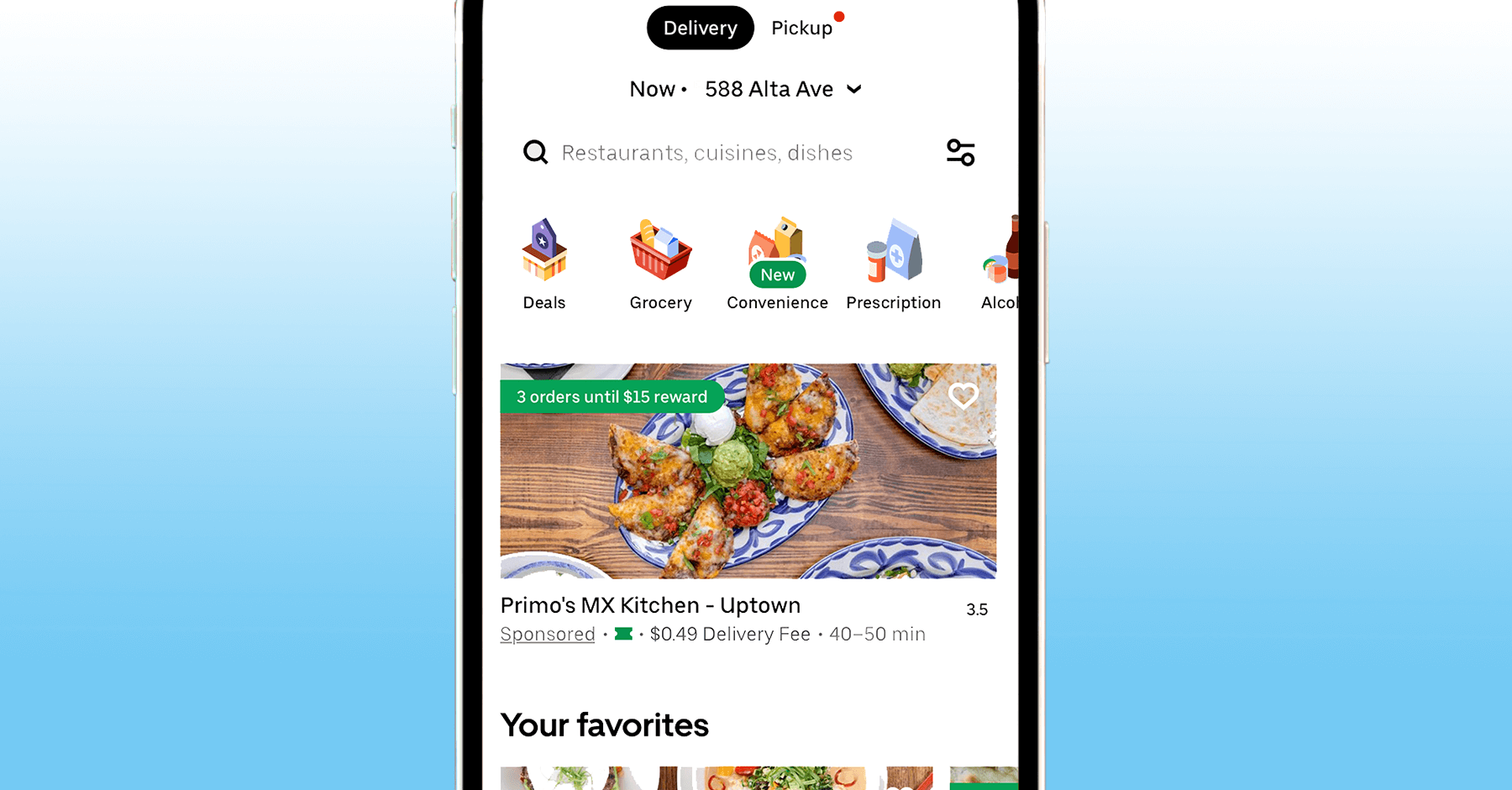
Sponsored listings have long been the cornerstone of retail media and commerce media, with 77% of brands planning to increase their sponsored listings budget in 2025. Within commerce media networks, these simple and effective ad formats are both easy for publishers to create and easy for advertisers to buy.
While advertisers are set to increase their sponsored listings budgets in 2025, many remain wary of overall commerce media performance. Many advertisers now view sponsored listings as ‘the cost of doing business,’ raising concerns about whether these ads drive true incremental sales growth.
In this article, we discuss what sponsored listings are, who can benefit from them, different ways of selling and managing sponsored listings, and how commerce media networks can prove sponsored listing benefits.
What are sponsored listings?
A sponsored listing is a type of advertisement that boosts or highlights an organic listing on a website or app. If you’ve browsed through search results on a website or shopped in an online marketplace, you’ve likely come across listings that are labeled “Ad” or “Promoted”– these are sponsored listings.
Sponsored listings are sometimes referred to by other names, such as promoted listings, sponsored ads, product listing ads, product ads, sponsored placements, or sponsored products. All of these terms usually refer to the same native ad type.
Who benefits from sponsored listings?
Anyone with existing organic listings can easily launch sponsored listings for their vendors. These listings can be impactful for all participants in commerce media:
Advertisers can increase their visibility, boosting their listings for additional promotion amongst customers. This, in turn, can drive more sales and boost revenue.
Commerce media networks benefit from the additional ad revenue generated from advertisers.
Customers benefit from increased relevancy– these ads are highly targeted and relevant to the user, improving their site experience. Additionally, if commerce media networks have new ad revenue, they can lower the prices of goods and services.
Sponsored listings examples
Sponsored listings are used widely across most, if not all verticals within commerce media. Each of the below examples shows a promoted listing or set of listings toward the top of the website or app.
Amazon sponsored ads: The first and most profitable retail media network has long been known for their sponsored listings. Amazon’s ad program includes options for sellers to sponsor their products or brand across several areas of the Amazon search results page. In the screenshot below, we see several placements at the top of the results page for the search “camping tents.”

Priceline sponsored ads: Sponsored Ads on Priceline.com are selected via a second-price auction that allows hoteliers to increase their hotels’ visibility with premium positioning in the ad space at the top of the hotel search results page.
Uber Eats Ads: Uber Eats Ads appear in the home feed and the search results of the Uber Eats app. Restaurants can bid in a second-price auction to win the sponsored listings spot, and users see the ad most relevant to their personal preferences.
Who can run sponsored listings?
Sponsored listings can be used by almost any website or application, but is especially useful for verticals in commerce media such as:
- Retail media networks: Retail media networks refer to retailers promoting products from multiple vendors. Examples include Macy’s, Target, and Walmart, all of which leverage sponsored listings to allow advertisers to promote their products on relevant pages.
- Travel media networks: Travel media networks include companies like Expedia and Hopper. In this case, sponsored listings are not products, but instead could be airlines promoting flights, hotels promoting their rooms, or car rentals promoting their vehicles.
- Financial media networks: Financial media networks range from banks to fintech companies. For a company like Klarna or Afterpay with shopping apps, their vendors can pay to promote their products.
- Marketplaces: These are online-only shopping experiences with products from multiple third-party sellers; examples are Etsy, Amazon Marketplace, and eBay.
- Delivery services: This includes apps like Grubhub, Gopuff, Uber Eats, and Delivery Hero– all sites where small restaurants and large advertisers alike can promote their restaurants and products.
How commerce media networks can prove sponsored listings ROI
There are several ways to measure and prove the ROI of sponsored listings. Traditionally, advertisers have simply looked to ROAS (return on ad spend), attribution (how many sales were attributed to a campaign), and CTR (click-through rate). These are all key entry-level metrics that can be used to gauge effectiveness of campaigns.
However, more advanced advertisers find that these metrics alone are not enough to understand if sponsored listings truly drive incremental sales. For this reason, commerce media networks are launching incrementality, a new metric that measures if sales happened organically or due to the sponsored listing. By measuring incrementality and metrics such as ‘new-to-brand’ sales, commerce media networks can enhance their measurement capabilities and build greater credibility with advertisers.
Different ways of selling sponsored listings
Sponsored listings can be sold in three main ways, each of which have their own upsides and downsides.
- Direct-sold: In this scenario, a commerce media network publisher sells sponsored listings directly to an advertiser. The publisher would be responsible for creating, managing, and reporting on the campaign to the advertiser. This option provides the most amount of control for publishers, allowing them to directly manage the campaigns themselves. However, this is a large lift for the publisher, and can mean they have to hire an extensive sales and ad ops team to manage these listings.
- Self-serve: In this scenario, the publisher provides a self-service portal for the advertiser, where the advertiser can create, manage, and report on the campaign themselves. This option allows for publishers to easily extend their offering to long-tail vendors, taking the pressure off of their internal teams. However, launching this self-serve portal can take extensive engineering work and resources to help onboard advertisers.
- Programmatic: Commerce media networks are increasingly adopting programmatic channels to buy and sell sponsored listings. By integrating with DSPs, retailers can expand their ad offerings and gain visibility within brands’ national ad budgets.
Launching sponsored listings with Koddi
While sponsored listings are straightforward, optimizing their targeting and measurement requires advanced strategies. Additionally, commerce media networks may have different advertiser types within their platform. A delivery app, for example, may have McDonalds (a large, sophisticated advertiser) promoting listings alongside a mom-and-pop restaurant with no advertising experience. This means the commerce media network will need to have different ways of creating and promoting listings based on the level of sophistication the advertiser wants to have on their campaign.
Koddi has years of experience launching commerce media networks of all types, from travel media to retail media to delivery apps. For help with launching a successful sponsored listings program, contact us here.
You may be interested in
GET IN TOUCH
Ready to get started?
Don’t let your brand get lost in the noise. Partner with Koddi to unlock the power of commerce media and transform the way you engage with your customers. Our team of experts is here to help you navigate complexities and develop a strategy that drives results — no matter what industry – in as little as 45 days.

